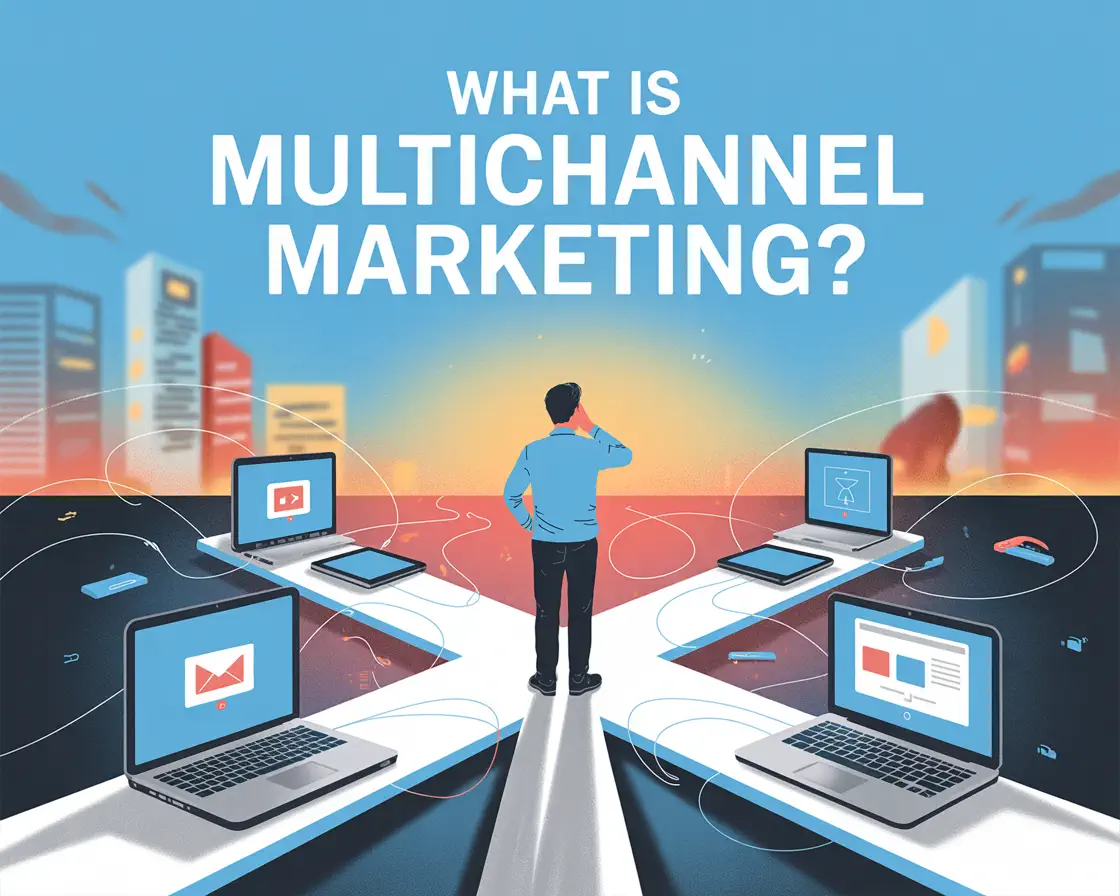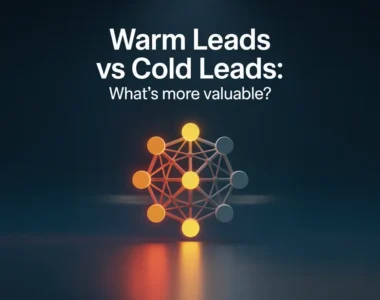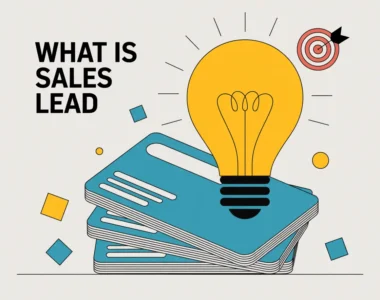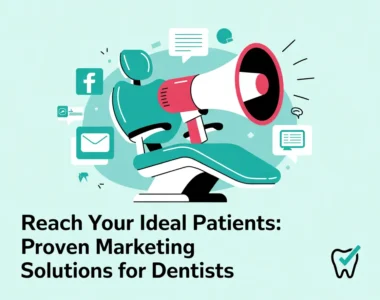
What is Multichannel Marketing?
Your customers aren’t always available on only one platform. They’re on Instagram, LinkedIn, checking emails, scrolling TikTok, Googling stuff, watching YouTube, and reading blogs, all in the same day.
That’s why multichannel marketing exists.
If you’re only selling or promoting through one channel, you’re losing money. Because the truth is, customers want to see you in different places before they trust you.
This guide breaks it down in simple words, no jargon. You’ll learn:
Let’s get into it.
What is Multichannel Marketing?
Multichannel marketing means using more than one platform to do outreach to promote your product or service.
Instead of putting all your eggs in one basket (like only running Facebook ads), you spread your marketing across different platforms like email, Instagram, SEO, TikTok, or Google Ads.
👉 Example: If you sell fitness products, you can promote through:
-
Instagram reels
-
YouTube tutorials
-
Email newsletters
-
Facebook Ads
This gives your customer multiple ways to interact with you.
Research Insight: A Harvard Business Review study found that 73% of customers use multiple channels during their shopping journey. If you’re not in more than one place, you’re invisible for most of the journey.
What is The Difference Between Multichannel and Omnichannel Marketing?
When people talk about marketing today, two words keep popping up: multichannel and omnichannel. They sound similar, but they are not the same. Multichannel means using many platforms to reach customers. Omnichannel means making all those platforms work together in a smooth way. Understanding the difference really matters because it changes how your customer experiences and your brand visibility.
a) Multichannel Marketing
This means using many different platforms, but each one works independently. For example: running ads on Google, sending emails, and posting on TikTok without connecting them.
b) Omnichannel Marketing
This goes one step further. It’s not just about being on many channels, but making them connected and seamless.
👉 Example: You browse shoes on a website, then get an email about those shoes, then see the same product ad on Instagram, and finally buy in-store. That’s omnichannel, everything works together.
Multichannel vs. Cross-Channel Key Differences:
-
Multichannel = many channels, not always connected.
-
cross-ichannel = many channels, but fully integrated.
-
Multichannel focus = reach more people.
-
Omnichannel focus = give a smooth experience.
Let’s Take a Look at Some Examples of a Multichannel Marketing Approach
The best way to understand multichannel marketing is to see it in action. Big brands don’t rely on one platform; they spread their message across different touchpoints, so customers see them everywhere. Let’s look at some real-world examples of how companies use a multichannel approach to stay top-of-mind and drive sales.
1. Grammarly
Grammarly uses email, social media, YouTube ads, and blog content to attract users. You’ll see them on LinkedIn if you’re professional, or on YouTube if you’re watching content.
2. Apple
Apple uses retail stores, social media, billboards, YouTube ads, email, and influencer campaigns. They don’t just rely on one channel; they’re everywhere.
3. Sephora
Sephora sends emails, runs SMS promos, social ads, influencer partnerships, and retail events to promote their beauty & cosmetics brand. Each channel pushes customers closer to purchase.
Which Step in Implementing Multichannel Marketing is the Most Challenging?
The hardest step? Integration and consistency.
Most businesses fail because:
-
They post different messages on different platforms.
-
Their email tone doesn’t match their Instagram tone.
-
They can’t track which channel is working.
According to Gartner, 63% of marketers struggle with connecting customer data across platforms.
What are Multichannel Marketing Systems?
These are the tools and channels businesses use to run campaigns.
1. Email Marketing
Still one of the strongest channels. Reports show $36 ROI for every $1 spent.
2. Social Media Marketing
Facebook, Instagram, LinkedIn, TikTok, and Twitter. Great for brand visibility and community building.
3. SEO
Search engine optimization ensures people find you on Google when they’re actively searching.
4. Display Ads
Banner ads, Google Display Network, or programmatic ads. Great for retargeting.
What are the Benefits of a Multi-Channel Marketing Approach?
Using just one marketing channel is like fishing with one hook in a giant ocean; you’ll catch something, but not much. A multi-channel marketing approach gives you more hooks in the water. It helps you reach customers where they already spend their time, builds stronger trust, and makes your campaigns more effective. Let’s break down the key benefits.
a) Boosts Campaign Performance
Your campaigns perform better when you’re not limited to one channel.
b) Increases Brand Visibility
You show up where people are, making it easier for them to remember you.
c) Builds Brand Value
Consistent messages across channels make you look trustworthy.
d) Competitive Advantage
If your competitor only uses one channel, you’re already ahead.
e) Increases ROI
More touchpoints usually lead to better conversion rates.
Research Insight: According to Omnisend, campaigns using 3+ channels earn 287% higher purchase rates than single-channel campaigns.
What are the Steps in Multichannel Marketing?
Running multichannel marketing without a plan is like playing chess without knowing the rules, you’ll lose immediately. To make it work, you need a step-by-step process that keeps your goals clear, your message consistent, and your data useful. Here are the main steps every business should follow when building a multichannel marketing strategy.
1) Set Marketing Goals
Know what you want: sales, leads, or brand awareness.
2) Create Your Buyer Persona
Define who your customer is: their age, location, income, and interests.
3) Select the Marketing Channels
Choose 2–3 channels where your audience is most active.
4) Create Appealing Content
Each channel needs custom-fit content. What works on TikTok won’t work on LinkedIn.
5) Get Required Data
Use analytics, surveys, and customer insights.
6) Test, Track, and Optimize
Always measure results, then adjust.
6 Tips to Crush Multichannel Marketing
Multichannel marketing sounds simple: “just be on more than one platform.” But the truth is, most businesses mess it up. They either spread too thin, send mixed messages not targeted, or don’t track results. To make multichannel work, you need a clear playbook. Here are 6 practical tips that will help you crush your multichannel marketing without wasting time or money.
1) Know Where Your Customers Hang Out
Don’t waste time everywhere. Be where your customers are.
2) Keep Your Message Consistent
Your brand voice should be the same across all channels.
3) Use Retargeting to Stay Top-of-Mind
Follow up with ads and emails after the first contact.
4) Don’t Try to Do Everything at Once
Start with 2–3 channels, then grow.
5) Track and Measure Results
Use data, not guesses.
6) Blend Automation with Human Touch
Automate the process, but add personal touchpoints too.
Final Words
In 2026, Multichannel marketing is not optional anymore. It’s the new standard. Customers don’t live on one channel, so you can’t rely on one either.
Start simple. Pick your top 2–3 channels, create consistent content, retarget, and optimize. Over time, expand to more platforms.
If you do it right, you’ll win more attention, more trust, and more revenue.
FAQs about Multichannel Marketing
1. What is multichannel marketing in simple words?
- It means using more than one channel (like email, social media, SEO, and ads) to promote your business.
2. Is multichannel marketing better than single-channel?
- Yes. Studies show multichannel campaigns perform 2–3x better.
3. How is multichannel different from omnichannel?
- Multichannel = many platforms, not always connected. Omnichannel = all platforms connected and seamless.
4. What is the biggest challenge in multichannel marketing?
- Keeping all channels consistent and tracking customer data.
5. Which industries benefit the most from multichannel marketing?
- Ecommerce, SaaS, retail, healthcare, and local businesses.



